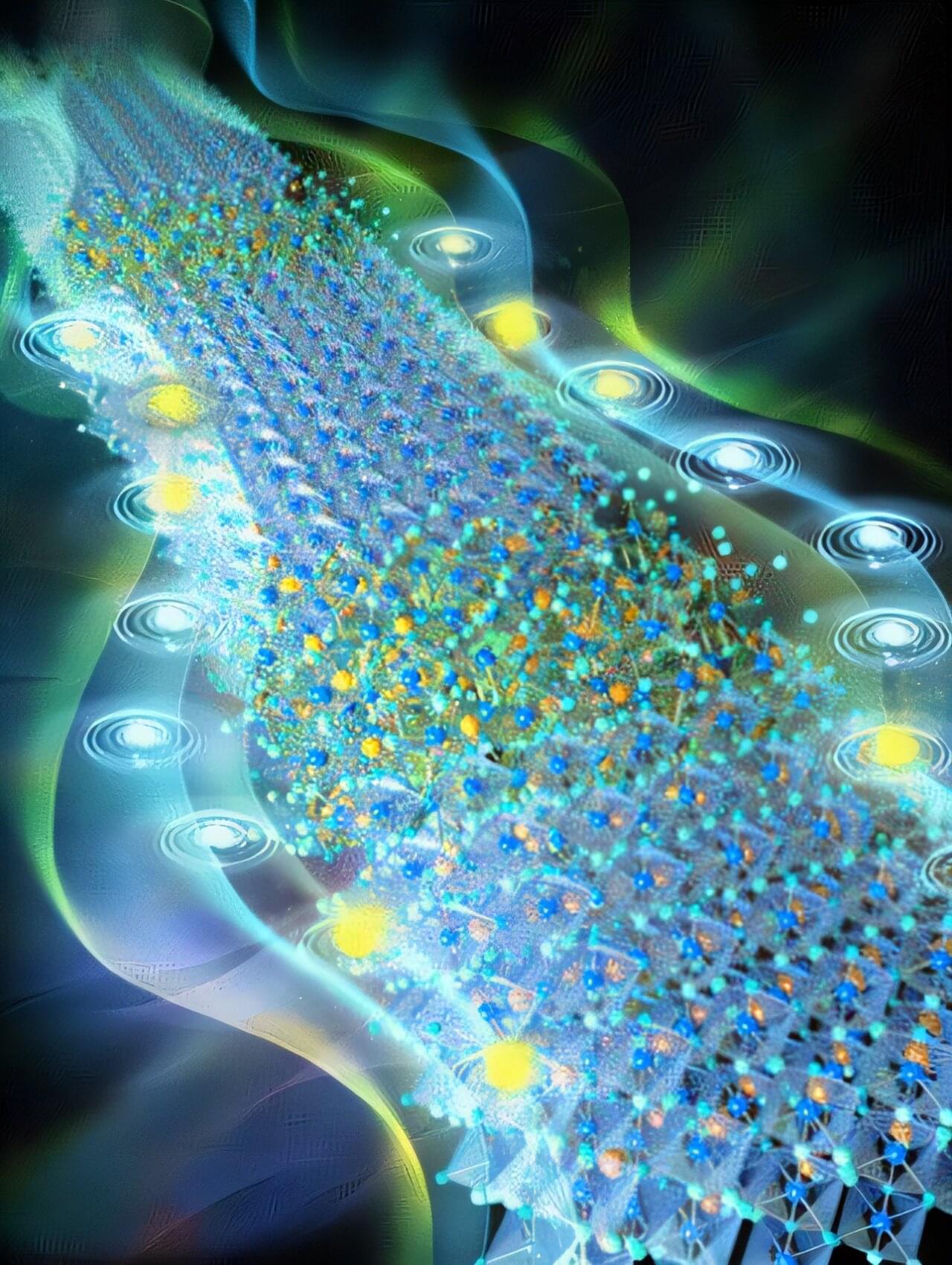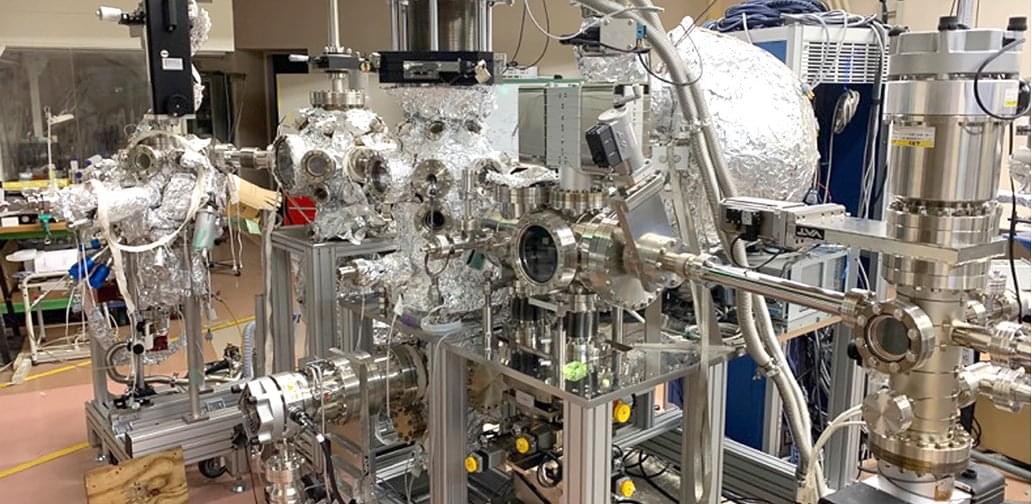A team from the University of Science and Technology of China (USTC) of the Chinese Academy of Sciences (CAS) has resolved a critical challenge in pure-red perovskite light-emitting diodes (PeLEDs) by identifying and addressing the root cause of efficiency loss at high brightness.
Published in Nature, their study introduces a novel material design that enables record-breaking device performance, achieving a peak external quantum efficiency (EQE) of 24.2% and a maximum luminance of 24,600 cd m-2 —the brightest pure-red PeLED reported to date.
Pure-red PeLEDs, crucial for vivid displays and lighting, have long faced a trade-off between efficiency and brightness. While 3D mixed-halide perovskites like CsPbI3-x Brx offer excellent charge transport, their efficiency plummets under high current due to unresolved carrier leakage.







